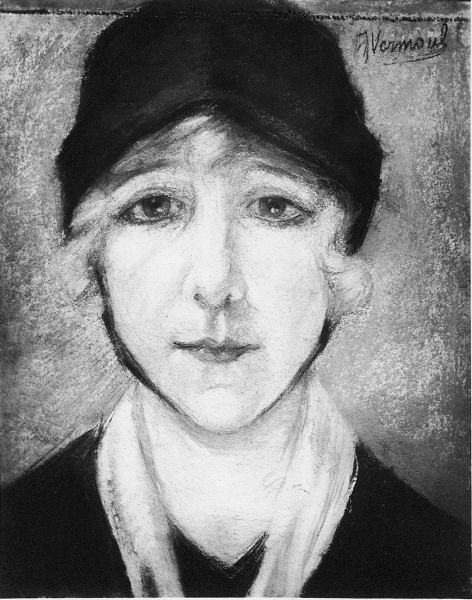 | ||
Died 31 January 1954, Paris, France | ||
Suzanne Blanche Gros Noël (1878–1954) also known as Madame Noël, was one of the first French plastic surgeons; she became known for her face lift technique the “petite operation”. Noël was also a very active feminist at the time, which was seen as extremely radical for a cosmetic surgeon to also be a feminist. and her career spanned from 1916 until 1950.
She was born on January 8, 1878 in Laon, France, the only daughter of a well-off family. At the age of nineteen she married Henri Pertat, a physician and nine years her senior. In 1905 she started taking medical classes to work with her husband. She did very well in her studies and after the birth of her daughter she passed the "Internat des Hospitaux de Paris" in 1912, she was the fourth of sixty-seven students to do this. In 1919 her first husband, Henri Pertat, died and Noёl married a fellow dermatology student, André Noёl. Their marriage was short lived as after the death of her daughter, André Noёl threw himself into Seine River while Suzanne could see him.
Noёl first gained an interest in cosmetic surgery in 1912 when she saw American actress, Sara Bernhardt who was well over sixty come back from a trip looking rather rejuvenated. Noёl began to experiment with pinching her skin to see if she could acquire the same effect, she later moved to experimenting on anesthetized rabbits. When she started her practice in 1916, Noël was allowed to treat wounded soldiers for facial surgeries during World War I. She then received training on how to operate on disfiguring scars and the rejuvenation of wrinkled faces. Most hospitals did not admit doctors, let alone female doctors who only practiced plastic surgery, due to this she decided to set up a clinic from her home. Her practice at home was limited to minor surgeries such as face lifts and eyelid corrections. Her famous "petite operation" was a technique in which, she would make small incisions along the hairline making it invisible. She would then suture just enough skin (careful not to excise any underlying tissue) to fabricate tension in building improvement. She became well-known drawing "world renowned persons of the fashion world and of the European aristocracy." The onset of World War II she gave up her private practice and moved to practice at Clinique des Bluets in Paris where she could do major surgery, here she did bolder surgeries such as reshaping the breasts, slimming the abdomen and arms, excising fat from the legs and or eliminating wrinkles in the hand by injecting a sclerosing solution into the blood vessels. Noël's concern for her patient's well-being extended beyond the actual surgery. Due to this she would make incisions behind the hairline or actually dye the bandage to match their hair color. She would even suggest changing one's hair style or buying a new hat so they wouldn't have to explain what happened. For example, she knew they would have to confront friends, family, and colleagues who may have not known they were getting the surgery done in the first place. She was different than most surgeons because she genuinely cared about the patient and their future endeavors. In 1926 she wrote a plastic surgery handbook that became widely read. 1928 was a notable year for Noël because she was awarded the Legion of Honour from the Foreign Office for being a 'doctor of unusual skill'. This was a stepping stone for all female surgeons because it was a time when women were struggling to get a foothold in the medical field. Noёl also believed in a woman’s right to vote. However, she compares a woman's right to vote to their right to change an "ugly face" or "humiliating body". She believed that every woman should be able to have a youthful appearance and be able to choose their own destiny as they see fit. In an attempt to gain this right she organized a strike on paying taxes as she believed should not pay taxes for what she has no control over. In 1923 she became interested in Soroptism, a women’s club which supported professional women. In 1924 she set up one of the first of these clubs in Europe.
